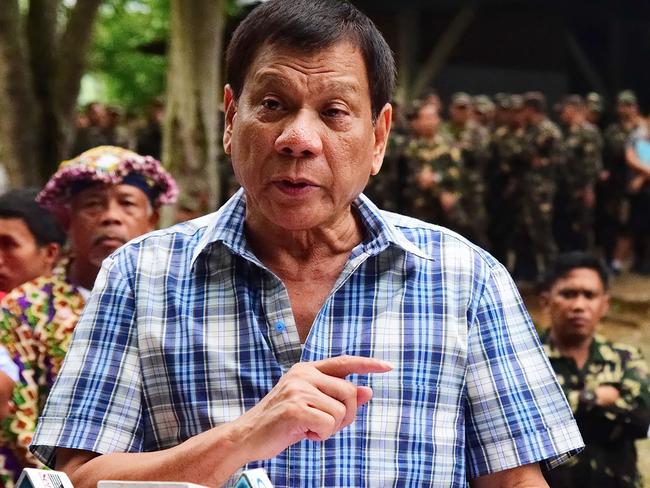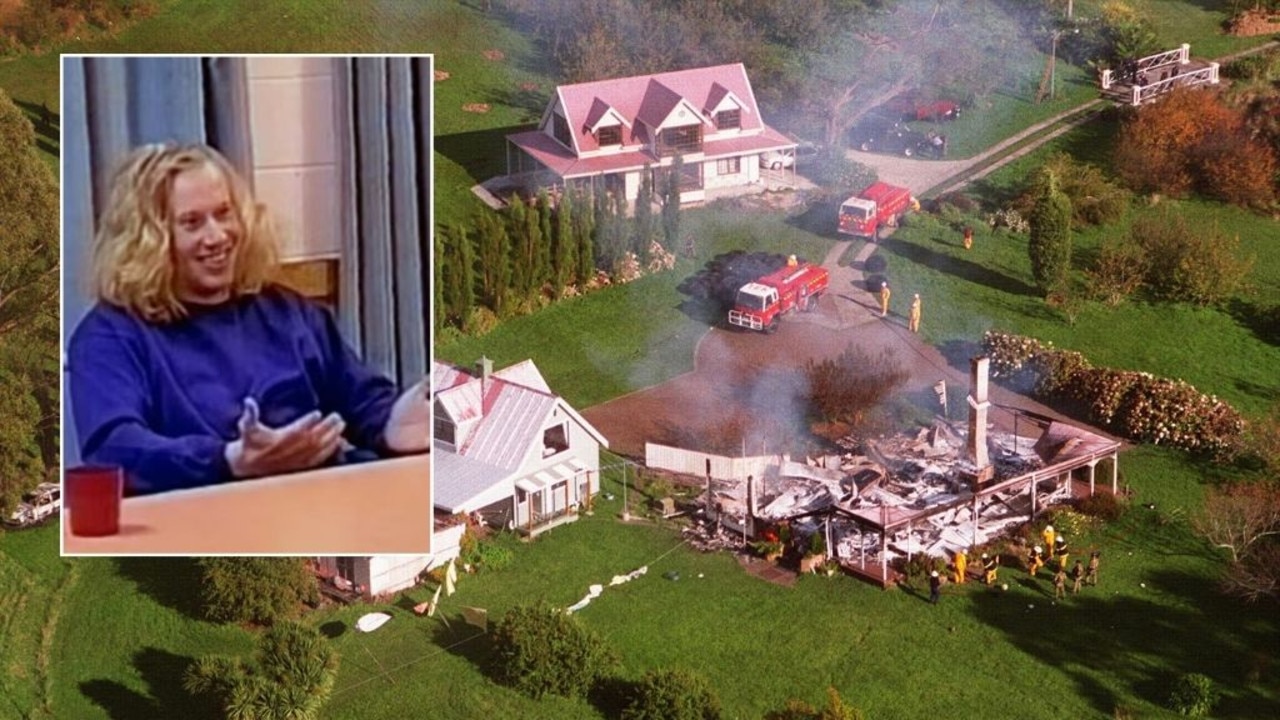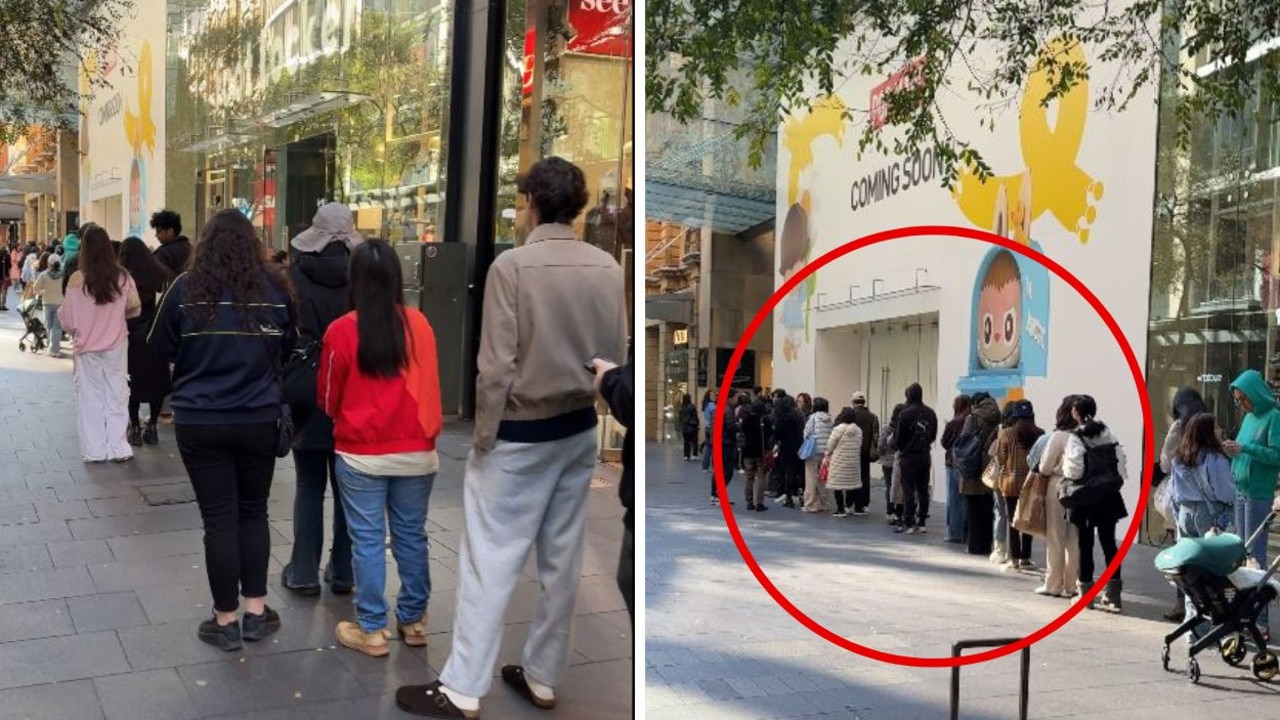Philippines jail overcrowding: Photos reveal inmates take turns to sleep
WESTERN prisoners “would riot” if they were forced to endure this jam-packed prison. Welcome to hell on Earth.
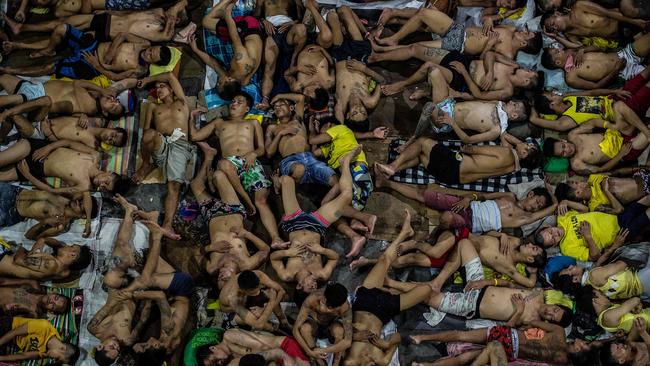
CROWDED into a filthy stairwell, the men barely have room to move.
The air is hot and filled with the stench of sweaty inmates.
With no room to stretch out their legs or even turn over, these men are crammed into a prison designed for one fifth of its current population.
In other areas men take turns to sleep on the floor, or anywhere they can find room to rest their heads.
Welcome to Quezon City jail in Manila, or hell on Earth to the rest of us.

These inmates are just some of thousands paying the heavy price of Philippine President Rodrigo Duterte’s national drug crackdown.
Since sweeping to power in May with a promise to rid the nation of drugs and crime, Duterte’s win has caused a wave of executions of alleged criminals, carried out both by vigilantes and the police.
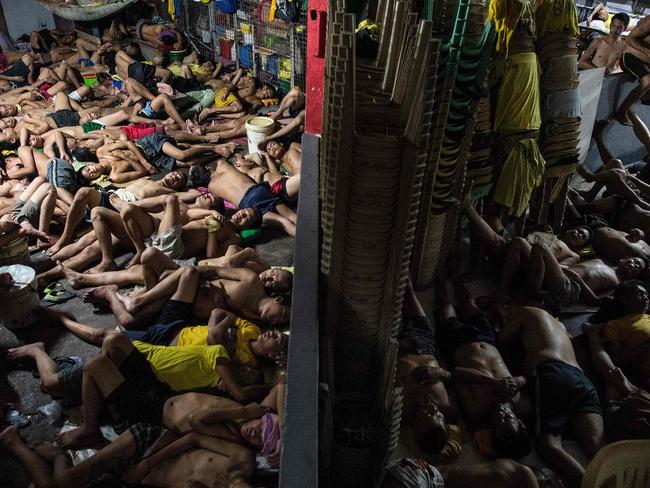
During his campaign, Duterte vowed to kill more than 100,000 alleged criminals within six months of taking office. The president said his top priority at the start of his six-year term was to eliminate drugs in society.
Since his inauguration in June, that figure is already in the hundreds.
Official statistics show 293 suspected users and pushers were killed during police operations between July 1 and July 24 alone.
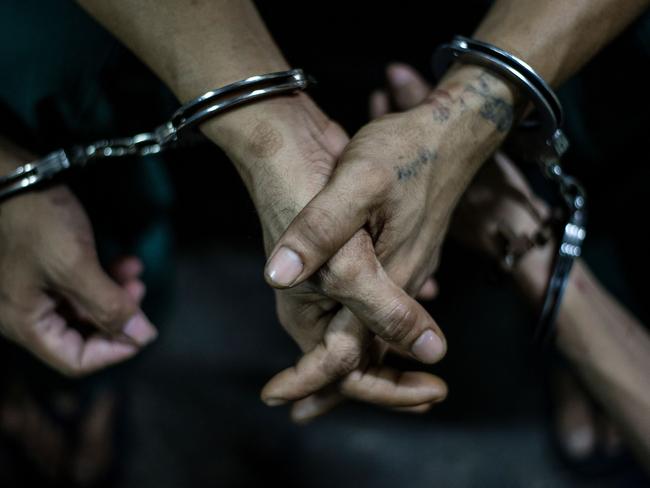
However church officials and human rights groups believe that figure is much higher.
Harrowing pictures of street executions emerged last week, sending shock waves and revulsion across the globe.
As the brutal crackdown continues, human rights groups fear conditions such as overcrowding in the country’s jails will only get worse.
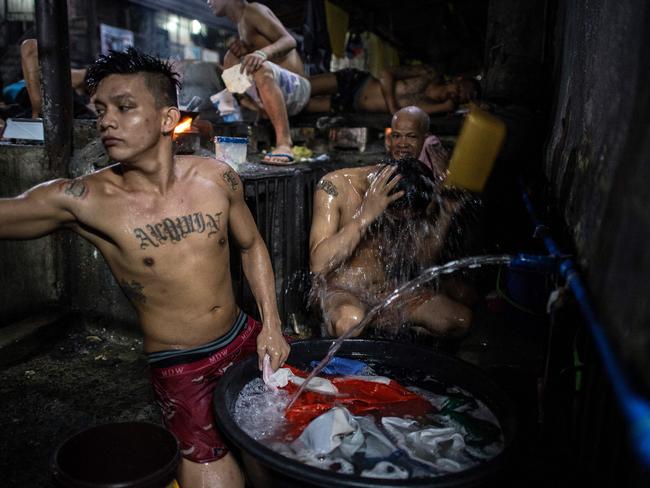
‘MANY GO CRAZY’
Inside Quezon, Mario Dimaculangan reveals the horror conditions he lives under.
He shares a toilet with 130 other inmates and the jail is so crowded that many inmates struggle to cope, he tells AFP.
Dimaculangan, who has been in jail for 14 years while his trial over murder and robbery charges drag on, said many went crazy.
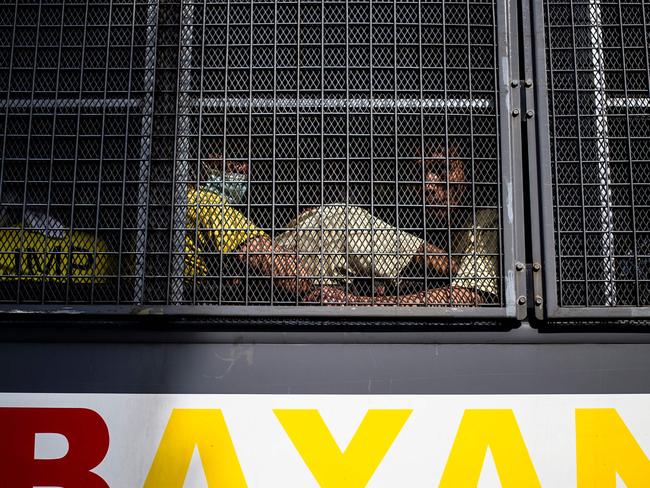
“They cannot think straight. It’s so crowded. Just the slightest of movements and you bump into something or someone,” he said.
The jail, which was built more than 60 years ago, is designed to hold about 800 - instead it holds five times that number with 3800 and counting.

That figure has swelled by 300 since the President took power.
The inmates face a constant contest for space with some sleeping on the cement of an outside basketball court.
When it rains, the conditions are even worse as inmates aren’t able sleep on the basketball court, which is surrounded by the cells in decaying concrete buildings up to four storeys high.
Pails of water are used to flush the scarce toilets, with the stench compounded by the rotting garbage in a nearby canal.
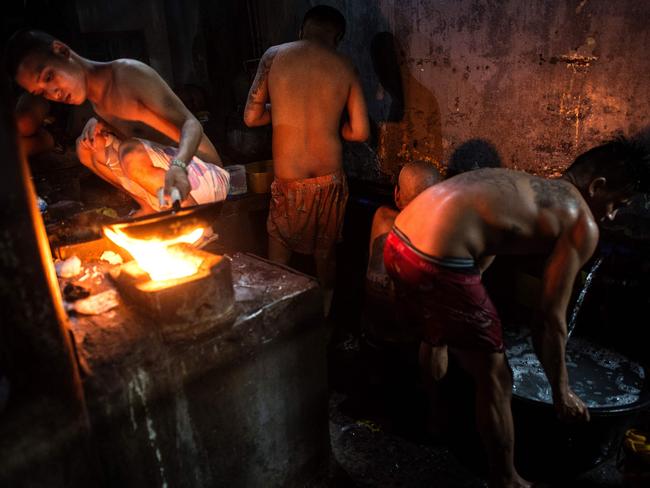
‘UNTHINKABLE CONDITIONS’
While the jail offers dance competitions and other rehabilitation activities, life is barely tolerable.
Raymund Narag, a criminal justice scholar at the southern Illinois University in the United States, said such conditions were unthinkable in Western nations.
“If this happened in America, there would be a riot every day. Courts would declare these jails unfit for human habitation,” Mr Narag said.
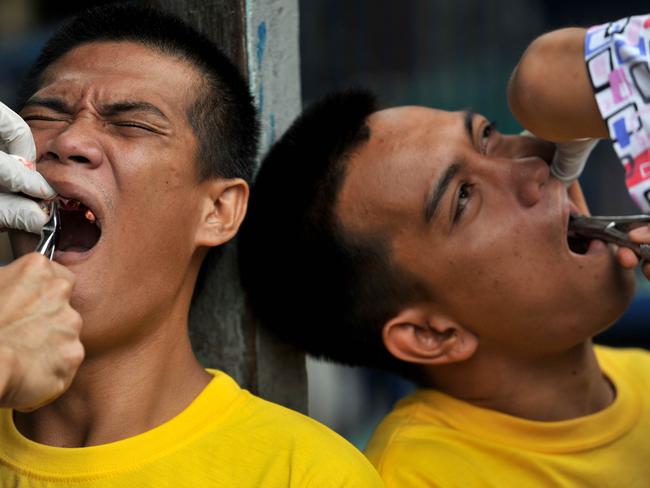
The Philippine penal system is the third most congested in the world, according to the University of London’s Institute for Criminal Policy Research.
Jails nationwide have nearly five times more inmates than they were built for, according to government data.
TOUGH RULE
Under Duterte’s relentless war on crime, police have reported arresting more than 4300 people for drug-related offences.
Duterte has repeatedly urged his law enforcers to do more, calling on them to triple their efforts to eradicate the drug menace he claims is threatening to turn the Philippines into a narco-state.
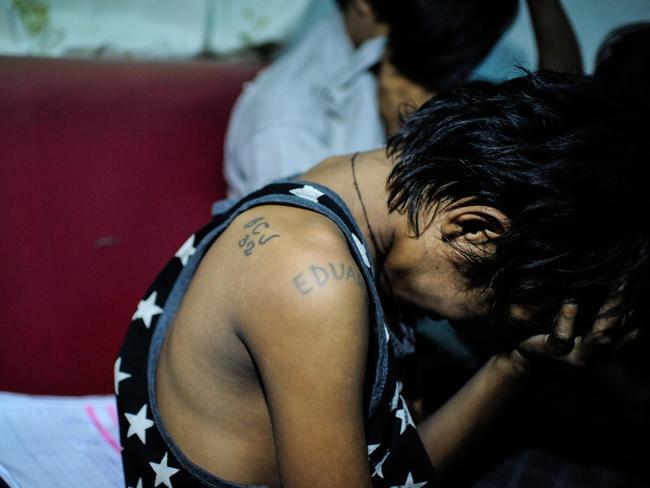
Justice Secretary Vitaliano Aguirre told AFP the government was preparing locations for new prisons while courts had been ordered to prioritise the expected deluge of drug cases.
But Duterte has said little about far-reaching reforms needed to fix the systemic problem of overcrowding.
DEATH ON THE STREETS
The emergence of Philippine police killing drug dealers has sparked calls for an investigation into the killings.
The Philippine Senate and official Commission on Human Rights (CHR) announced it was now investigating the alarming increase in police killings of suspected drug dealers and users.
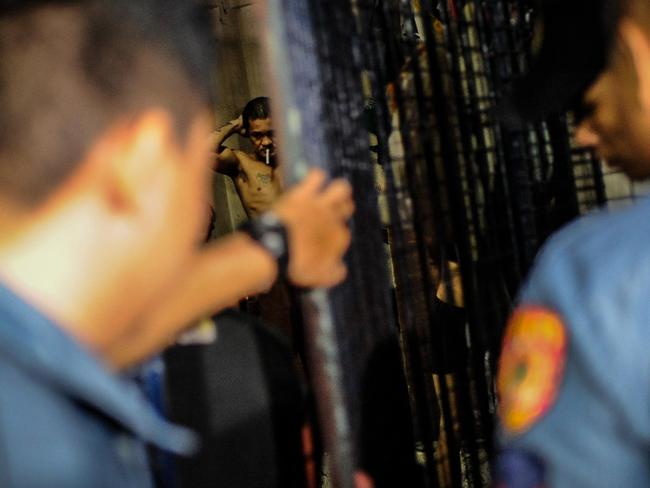
Human Rights Watch Asian Division deputy director Phelim Kine said both organisations were undertaking an investigation that the Philippine National Police (PNP) was refusing to do.
The senate inquiry, which starts this month, will focus on “specific cases of suspected summary execution” by police.
Mr Kine said the CHR had already launched its own “test probe” of 103 suspected extrajudicial killings, including 33 deaths of suspected drug dealers and users.
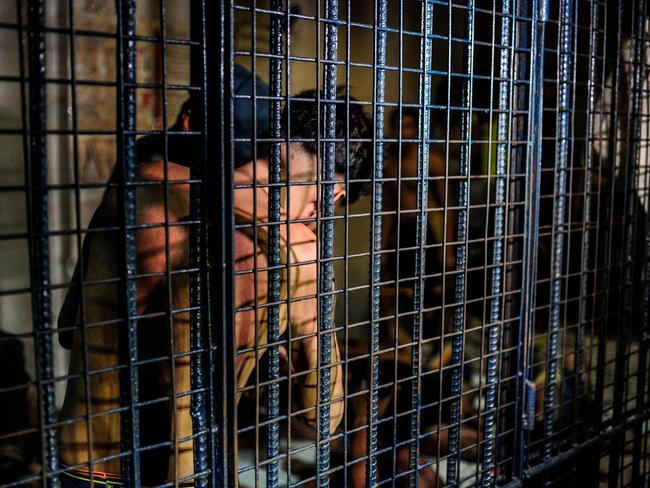
It comes as the Philippine Daily Inquirer’s twice-weekly “Kill List”, which tallies the killings of suspected drug dealers and users by police and unidentified vigilantes, records a “marked and unmistakeable” rise in such killings.
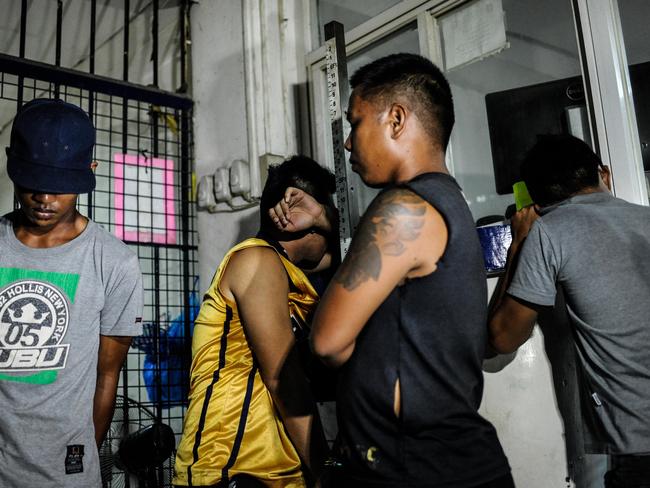
According to figures, there have been at least 420 deaths since Duterte was sworn in.
Official statistics show 192 people were killed by police between May 10 and July 10, which comes on top of the 68 killed during anti-drug operations earlier this year.
Human Rights Watch said police claimed these suspects were killed after “resisting arrest” but had provided no evidence they acted in self-defence.
